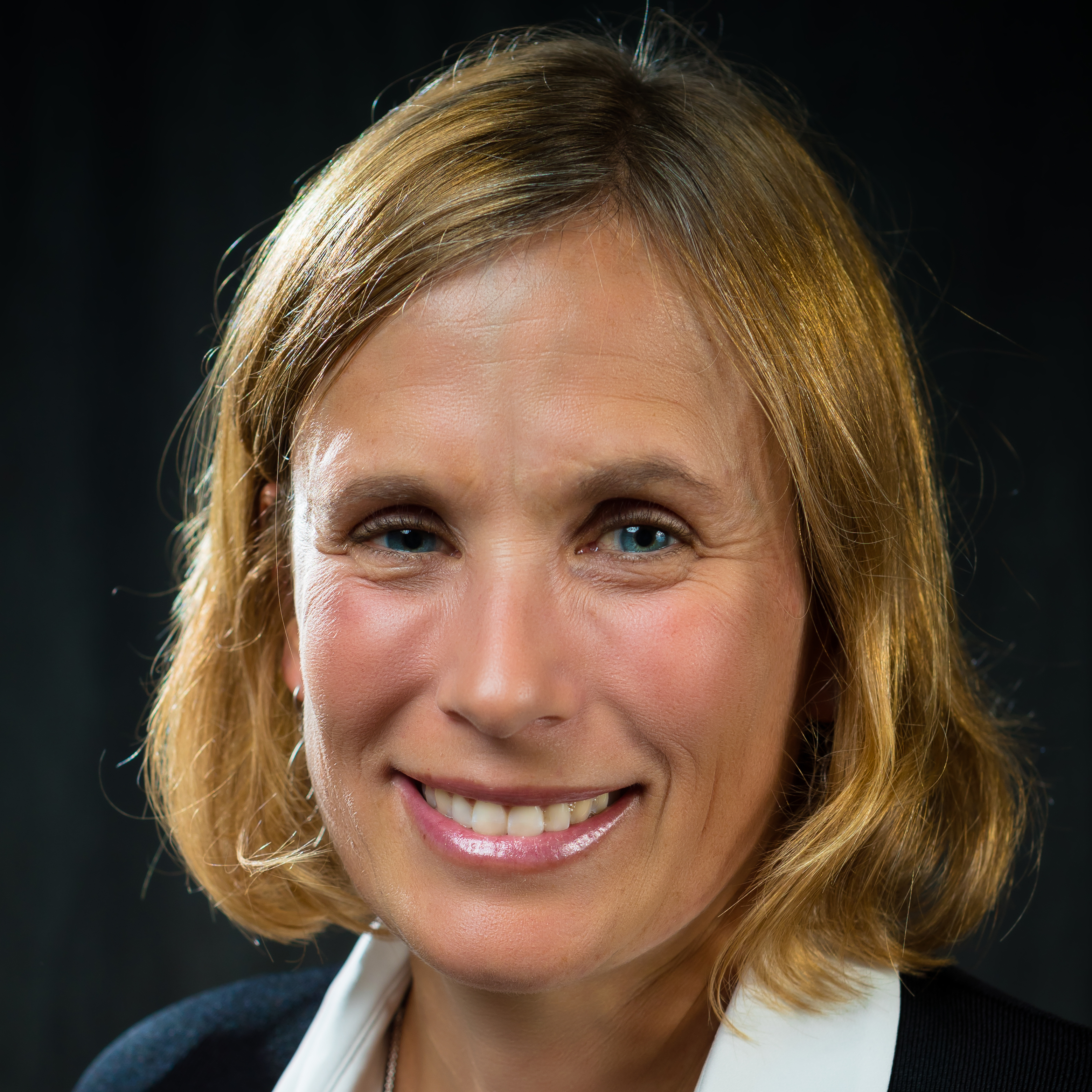Doctors know that a patient’s social needs — whether they’re homeless, food insecure, or without transportation, for example — can affect not only their health outcomes, but the types of treatment their provider will recommend.
“If we look at food insecurity in people with diabetes, for instance, blood sugar management is worse in people who worry about being able to afford food,” says Andrea Nederveld, MD, MPH, assistant professor of family medicine in the University of Colorado School of Medicine.
Nederveld is leading new research aimed at finding the best ways for health care providers to identify social needs among their patient population and connect them with resources that can support their overall wellbeing. Traditionally patients are given screening forms that ask about social needs, but they aren’t always the most reliable sources of information.
“There has been research, nationally and internationally about this idea of how we let patients know why we are asking them questions about whether they have a car or a place to live,” Nederveld says. “There are many patients who get these screening forms who either say, ‘I'm not answering this,’ ‘I'm not going to tell the truth,’ or ‘I don’t understand why these are being asked.’ We thought it would be more important to look at what patients understand and what could be a better way of introducing the reason for this information.”
Three levels of intervention and adding personalization
With funding from the Social Interventions Research and Evaluation Network, Nederveld devised a study at three primary care clinics serving primarily low-income patients in western Colorado. She tested three levels of intervention: giving patients a health-related social needs screening form at the front desk without additional explanation; giving patients the form along with patient-friendly written messages regarding the purpose of health-related social needs screening and referral; and giving the patients the form and the written messages, along with verbal messages delivered by a medical assistant during the rooming process.
“We started out doing qualitative work with patients to figure out, ‘What do you think of being asked these questions, and what would you want to know about why these questions are being asked?’” she says. “Then we worked with some community partners to develop these messages based on our qualitative findings. The screening form had a one-page explanation, but it was somewhat wordy and not all that patient-friendly.”
Verbal messages were added not only because people don’t always read everything they’re handed at the doctor’s office, she says, but because of the added value a personal connection provides.
“Our theory, based on other things we know about communication at a physician's office, is that having someone you trust ask you to do something is very different than having someone you don't know,” she says.
Analyzing the results
Nederveld and her fellow researchers — including Elena Broaddus, PhD, a senior instructor in the Department of Family Medicine — looked at which of the interventions resulted in the biggest increase in screening form response rates and acceptance of referrals for assistance among patients with health-related social needs. They also measured secondary outcomes including comfort with screening and perceived helpfulness of screening.
The results of the nine-week study (three weeks for each intervention) showed that adding a patient-friendly written message to the screening form didn’t change response rates much and the addition of the verbal message caused a slight decrease in response rates — but an increase in the number of people accepting referrals for assistance.
“Our speculation is that when people understood the ‘why’ behind the questions, that some of them thought, ‘Well, I don't have any needs, so I'm not going to answer this form.’” Nederveld says. “But we were pleased to see that the verbal reassurance helped patients feel like, ‘Maybe I will accept help.’ The hope is that we can address these social needs so that people's lives are easier, and that their health outcomes can improve.”
For those who did need assistance, Nederveld says, understanding the “why” — and that the information is not shared outside of the practice and the resource organizations — helped overcome the resistance some had to filling out the form.
“For many people, there has been hesitancy,” she says. “People without documentation worry about that information being shared; parents worry that if their health care provider knows that they run out of food to feed their children that maybe they'll make a welfare call to Child Protective Services; older adults worry that they won’t be able to keep living independently if people know that they have needs that they're not able to meet on their own.”
Next steps
For the next steps in her research around social needs screening, Nederveld is looking to work with health care practices on workflows and efficiency so that patients receive screening. She also hopes to incorporate training so that clinicians understand why the questions are being asked and why it’s important to identify patients’ social needs and connect them with resources to help.
“Ideally, we would be able to collect this information about all patients, and not make assumptions about who might have needs,” she says. “My hope is it would lead to some policy changes. If you think about the root of all these needs, it's really poverty. If you want to think of it from the American perspective of, ‘Work hard; pull yourself up by your bootstraps’ — they are working hard. Many of the patients who have food insecurity or housing issues are working. Maybe there are some more systemic things that we need to look at and think about as a community or state or country, that people are working full time and still not able to provide for the needs of their family.”




